Author:Baby & Adult Diaper Materials FROM:Diaper Materials Manufacturer TIME:2023-09-11
Exploring Innovative Diaper Materials
The traditional disposable diaper has been a staple in infant care for decades. However, with the growing concern for the environment and the need for sustainable solutions, there is a demand for innovative diaper materials. Researchers and manufacturers are constantly exploring new materials and technologies to create diapers that are not only effective in absorbing moisture but also eco-friendly. In this article, we will delve into some of the latest developments in diaper materials and their potential benefits.
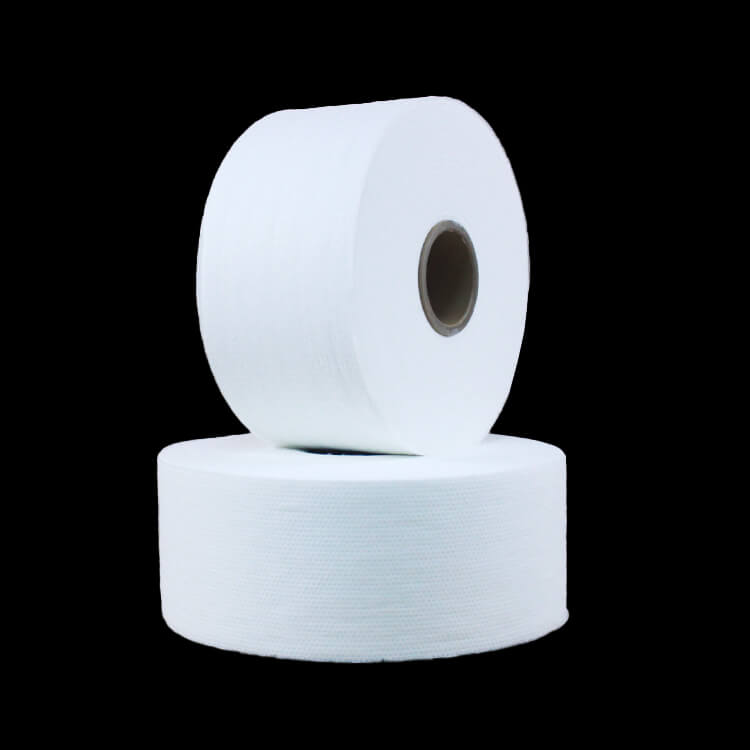
One of the most promising innovations in diaper materials is the use of plant-based fibers. Traditionally, diapers are made from synthetic materials such as polyethylene and polypropylene, which are derived from non-renewable sources. Plant-based materials, on the other hand, are derived from renewable resources like bamboo, corn, and sugarcane. These natural fibers not only provide excellent absorbency but also reduce the carbon footprint of diaper production.
Furthermore, plant-based materials are biodegradable and compostable, addressing the issue of diaper waste in landfills. Manufacturers are now incorporating these fibers into the core of diapers, ensuring that they retain their absorbency while being more environmentally friendly.
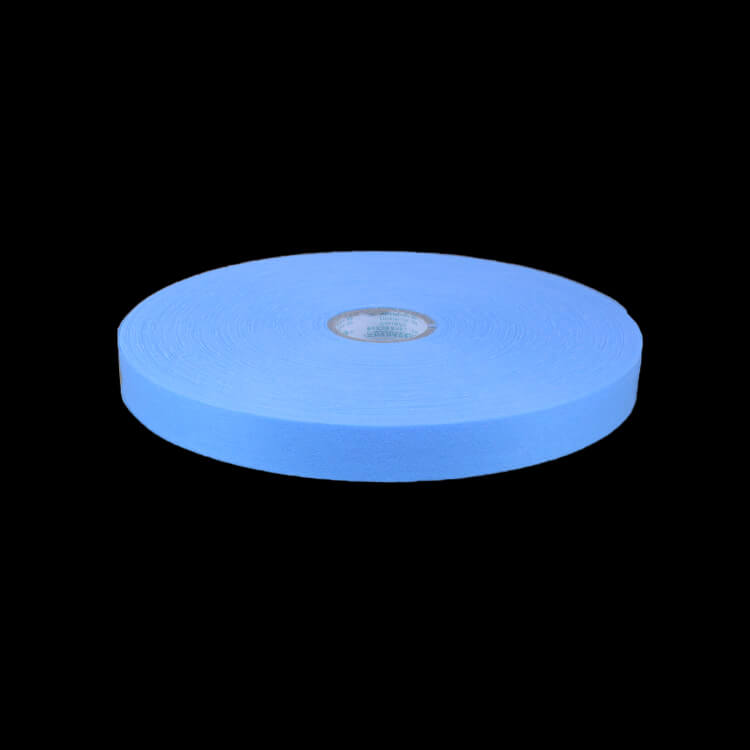
Superabsorbent polymers (SAPs) have revolutionized the effectiveness of diapers in retaining moisture. These polymers have the ability to absorb and retain several hundred times their weight in liquid. While SAPs have been used in diapers for many years, recent advancements have focused on developing more sustainable options.
Researchers have been exploring bio-based SAPs derived from renewable sources like starch and cellulose. These materials offer the same level of absorbency as traditional SAPs while being biodegradable and reducing dependence on fossil fuels. The development of eco-friendly SAPs not only improves the sustainability of diapers but also ensures the comfort and dryness of infants.
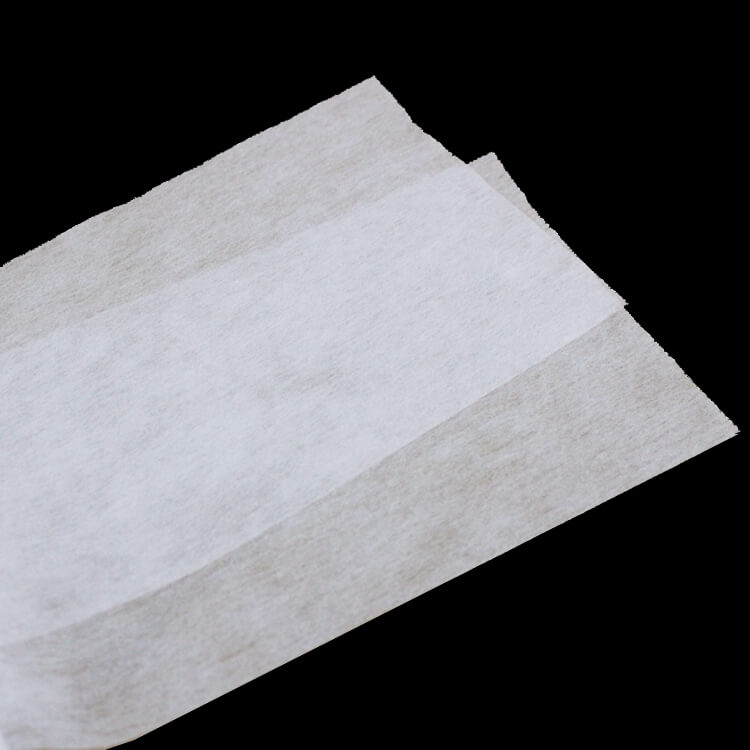
Innovations in diaper materials are not limited to absorbency and sustainability alone. Smart diaper technology is being explored to provide additional benefits for parents and caregivers. These diapers are embedded with sensors that can detect moisture, temperature, and even indicate the presence of certain substances like urine or feces.
By incorporating Internet of Things (IoT) technology, smart diapers can send alerts to smartphones or smart devices when a diaper change is required. This not only improves convenience but also helps prevent diaper rash and other related issues. Additionally, these sensors can provide valuable data about an infant's health and well-being, allowing parents to monitor their baby's development more effectively.
In conclusion, the exploration of innovative diaper materials is driving the industry towards more sustainable and technologically advanced solutions. Plant-based fibers offer renewable and biodegradable alternatives, while advancements in superabsorbent polymers contribute to the effectiveness and eco-friendliness of diapers. Furthermore, smart diaper technology brings convenience and improved health monitoring to the forefront. With continuous research and development, the future of diaper materials looks promising in terms of environmental impact and infant care.
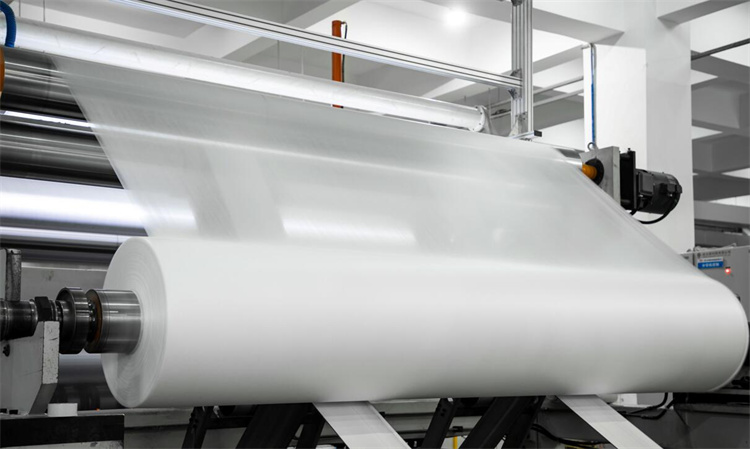
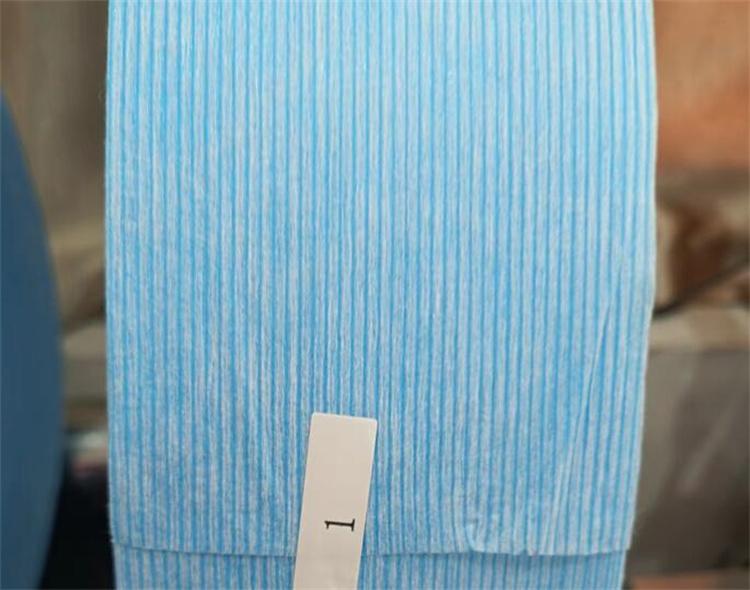
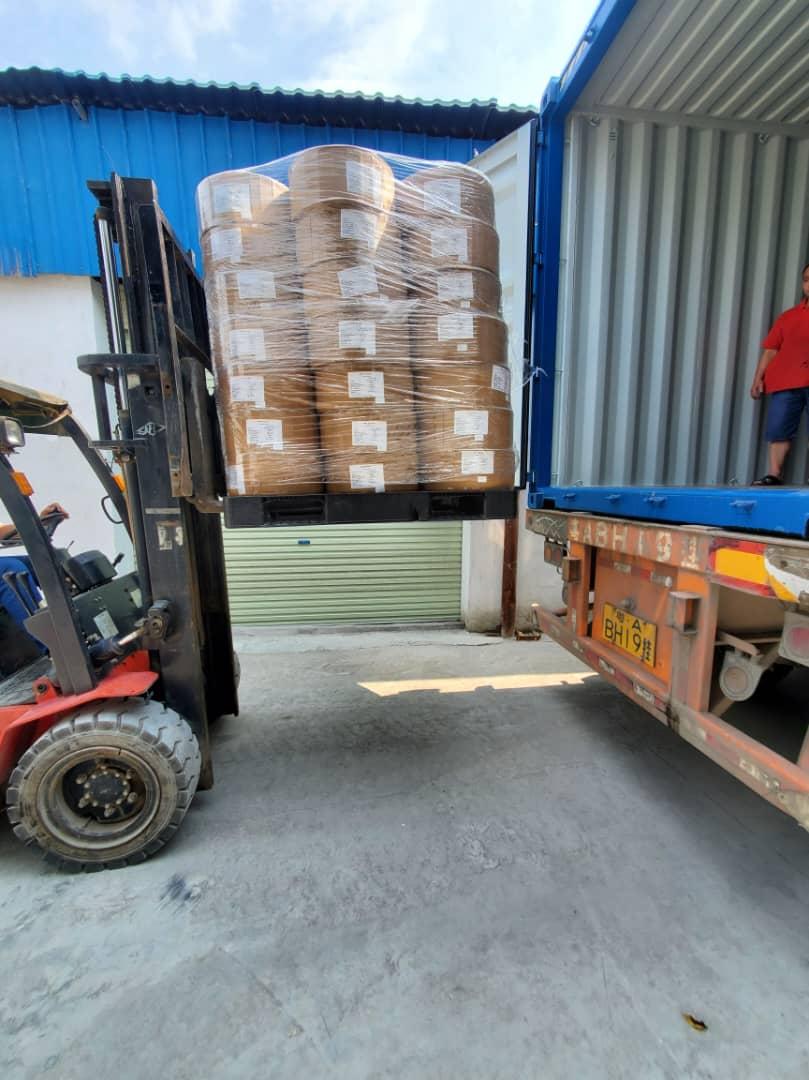
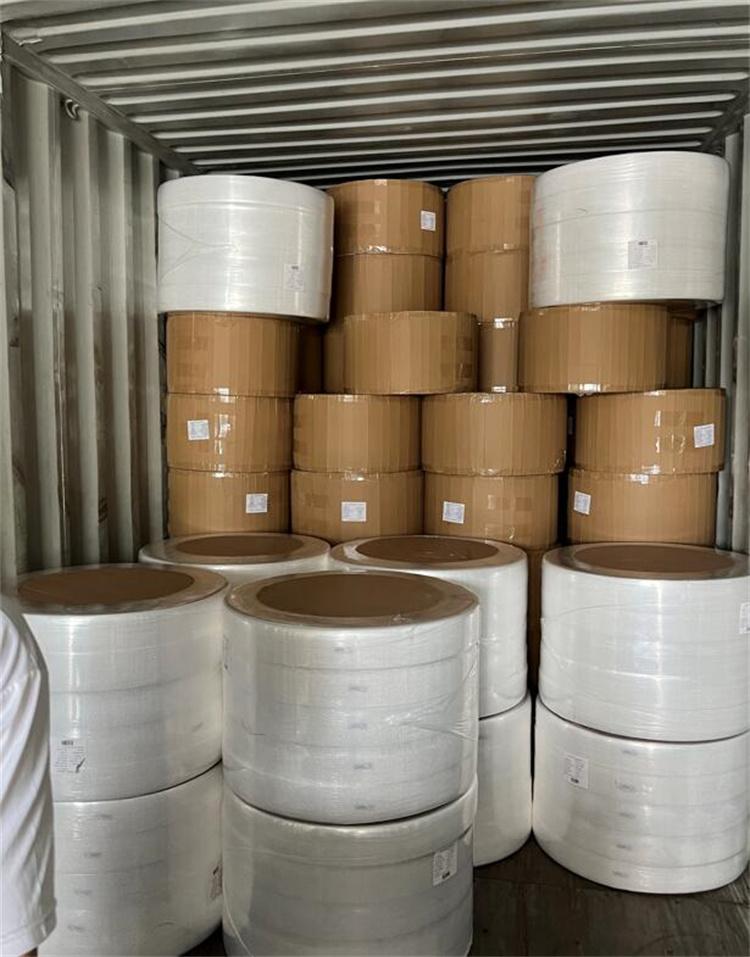

 Email: info@whldiapernonwoven.com
Email: info@whldiapernonwoven.com
 MP/WhatsApp: +86-13599937366
MP/WhatsApp: +86-13599937366
 Manufacturer Address:Room 1105B, Bld M1, Manhattan, Yulongwan, Shimao, Shuanglong Road, Meiling Street, Jinjiang, Fujian, China
Manufacturer Address:Room 1105B, Bld M1, Manhattan, Yulongwan, Shimao, Shuanglong Road, Meiling Street, Jinjiang, Fujian, China